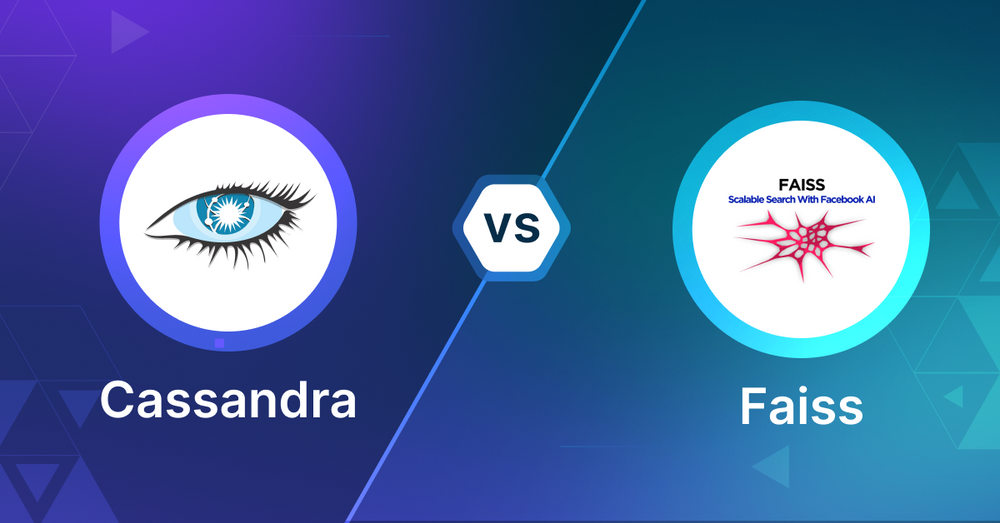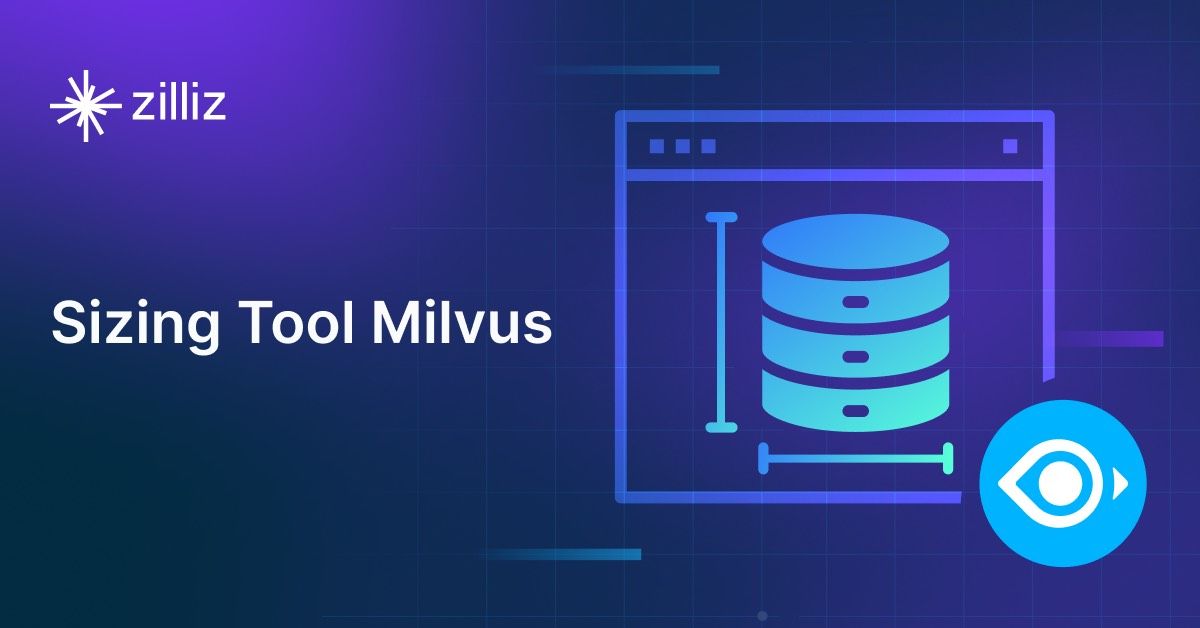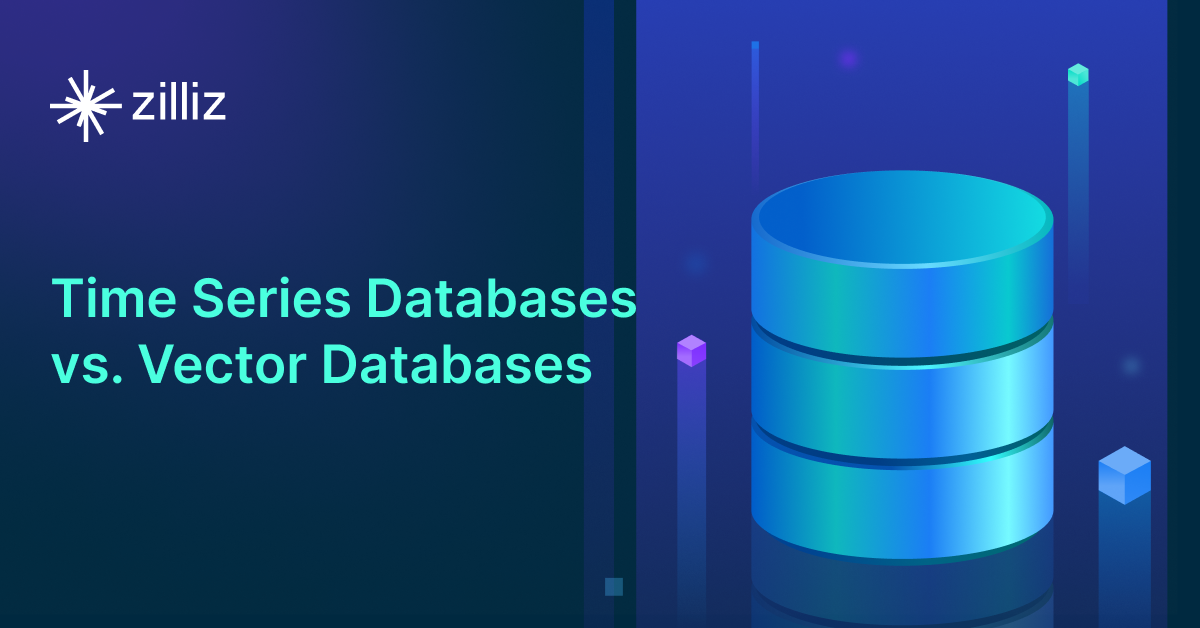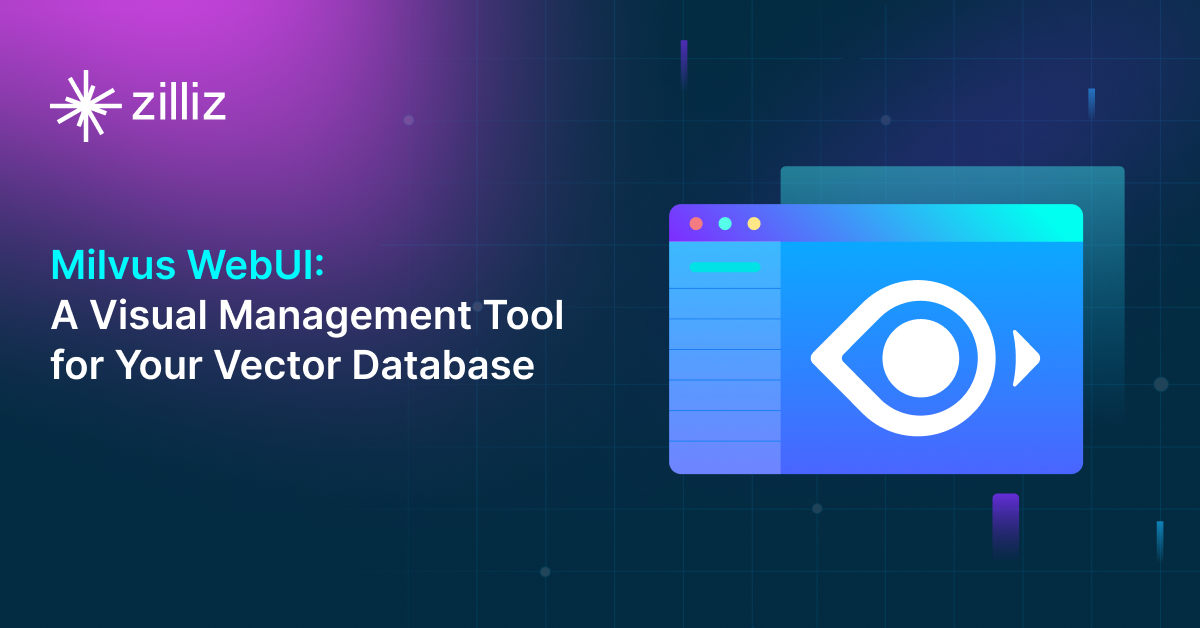Apache Cassandra vs Faiss: Choosing the Right Tool for Vector Search

Introduction
In today's data-driven world, the ability to search through unstructured data, such as images, text, and videos, has become increasingly important. Traditional databases were built for structured data and failed to efficiently handle these new types of queries. This is where vector databases come in, providing a solution for performing similarity searches on high-dimensional data, a key requirement for applications like recommendation engines, image recognition, and natural language processing (NLP).
Among the many tools available, two technologies stand out for handling vector data differently: Apache Cassandra and Faiss. Both can perform vector searches, but they approach the task from different angles. This blog aims to help you understand their core features, key differences, and when to use each one.
What is Vector Search and a Vector Database?
Before we introduce and compare Apache Cassandra and Faiss, let's first understand the concepts of vector searches and vector databases.
A vector search or vector similarity search refers to the process of searching data points stored as vectors (numeric representations). For instance, when dealing with textual data, words or phrases are transformed into vector embeddings that capture their semantic meaning. This approach allows the system to perform similarity searches, like identifying text passages with similar meanings or finding images that resemble a given query image.
A vector database is designed to store and query high-dimensional vectors efficiently. In other words, vector databases are purpose-built solutions for performing vector searches. Unlike traditional relational databases, vector databases enable AI-driven applications like recommendation systems, facial recognition, and natural language processing (NLP) tasks by allowing for similarity search, which compares vectors to find nearest neighbors or similar items. They also play a crucial role in Retrieval Augmented Generation (RAG), a technique that enhances the performance of large language models (LLMs) by providing external knowledge to reduce issues like AI hallucinations.
There are many types of vector databases available in the market, including:
- Purpose-built vector databases such as Milvus, Zilliz Cloud (fully managed Milvus)
- Vector search libraries such as Faiss and Annoy.
- Lightweight vector databases such as Chroma and Milvus Lite.
- Traditional databases with vector search add-ons such as Apache Cassandra.
What is Apache Cassandra? An Overview
Apache Cassandra is a powerful, distributed NoSQL database designed to handle large-scale data across many servers, ensuring high availability and scalability. Cassandra’s architecture is particularly well-suited for high-throughput applications requiring low-latency reads and writes.
Cassandra isn't an out-of-the-box vector database, but it can be extended for vector search through integrations with vector search libraries or custom plugins like the DataStax integration. DataStax, a managed service for Cassandra, provides built-in vector search capabilities by embedding algorithms like HNSW (Hierarchical Navigable Small World) for similarity search.
Core Features and Strengths:
- Distributed Architecture: Data is replicated across multiple nodes, ensuring fault tolerance and high availability.
- Scalability: Cassandra is horizontally scalable, meaning you can add more nodes to the system to handle larger datasets without sacrificing performance.
- Time-series Data: Particularly strong in managing time-series data due to its ability to handle high volumes of writes.
What is Faiss? An Overview
Faiss (Facebook AI Similarity Search) is an open-source library developed by Meta (formerly Facebook) that provides highly efficient tools for fast similarity search and clustering of dense vectors. Faiss is designed for large-scale nearest-neighbor search and can handle both approximate and exact searches in high-dimensional vector spaces. Faiss is designed to handle enormous datasets and stands out for its ability to leverage GPU acceleration, providing a major boost in performance for large-scale applications. It is particularly well-suited for AI and machine learning applications.
Key Features of Faiss:
- Approximate and Exact K-Nearest-Neighbor Search (ANN & KNN): Faiss supports both approximate and exact nearest-neighbor (NN) searches. It allows you to trade-off between speed and accuracy depending on your application's specific needs.
- GPU Acceleration: One of Faiss's standout features is its support for GPU acceleration. This allows it to scale effectively to large datasets and perform searches faster than CPU-only methods.
- Large Dataset Handling: Faiss is optimized for handling datasets that are too large to fit into memory. It uses various indexing techniques, such as inverted files and clustering, to organize data efficiently and perform searches on huge collections.
- Multiple Indexing Strategies: Faiss supports various methods for indexing vectors, such as flat (brute-force) indexing, product quantization, and hierarchical clustering. This provides flexibility in how searches are performed, depending on whether speed or accuracy is more important.
- Support for Distributed Systems: Faiss can perform searches across multiple machines in distributed systems, making it scalable for enterprise-level applications.
- Integration with Machine Learning Frameworks: Faiss integrates well with other machine learning frameworks, such as PyTorch and TensorFlow, making it easier to embed into AI workflows.
Key Differences Between Apache Cassandra and Faiss
Both Apache Cassandra and Faiss can conduct vector searches, but they are suitable for different use cases and have their own advantages and disadvantages.
Search Methodology
- Cassandra: While Cassandra's core competency lies in distributed, structured data management, it can be extended to support vector search through third-party libraries like DataStax. The search algorithms depend on the libraries used (such as HNSW), but Cassandra itself is not optimized for vector similarity search.
- Faiss: Faiss is specifically designed for vector search. It offers various approximate nearest neighbor (ANN) search methods, allowing for fast and efficient querying in high-dimensional spaces. Algorithms like IVF (Inverted File Index) and PQ (Product Quantization) are widely used to trade off speed and accuracy.
Data Handling
- Cassandra: Primarily a NoSQL database, Cassandra is best suited for structured or semi-structured data (key-value pairs, time series). While it can manage large datasets effectively, its vector handling is more of an add-on feature through integrations.
- Faiss: Faiss is great at handling unstructured, high-dimensional data. It doesn't deal with the complexity of managing relational data but focuses entirely on fast vector search across dense embeddings.
Scalability and Performance
- Cassandra: Designed for horizontal scalability, Cassandra can handle massive amounts of structured data across multiple nodes. Its performance for vector search depends on the integration used and may not be as fast as a purpose-built solution.
- Faiss: Faiss scales well, especially when using GPU acceleration. It can process billions of vectors, making it a go-to for high-performance applications where speed and accuracy are paramount.
Flexibility and Customization
- Cassandra: It provides more flexibility in data modeling and query handling since it's a full-fledged NoSQL database. You can design your data schema, manage complex queries, and handle large, distributed datasets.
- Faiss: While Faiss excels at vector search, it’s not designed for general-purpose data storage. Customization revolves around search algorithms and optimizing vector search, with less flexibility for managing other types of data.
Integration and Ecosystem
- Cassandra: Cassandra has a rich ecosystem, with support for multiple languages, libraries, and integrations, including cloud services like AWS and GCP. Its integration with DataStax and other third-party tools makes it easier to add vector search features.
- Faiss: Faiss integrates well with machine learning frameworks like PyTorch and TensorFlow. However, it’s primarily used as a standalone library or integrated into custom pipelines for vector search, lacking broader ecosystem support for non-vector tasks.
Ease of Use
- Cassandra: Setting up Cassandra requires some database management expertise, especially when dealing with cluster management and configuration for high availability. However, tools like DataStax provide managed solutions that simplify deployment.
- Faiss: Faiss is more specialized and easier to use for developers who are focused on vector search. However, it lacks the general-purpose database capabilities, so you’ll need to handle other data management tasks separately.
Cost Considerations
- Cassandra: Running Cassandra at scale requires operational costs for managing clusters and nodes. Using managed services like DataStax can alleviate some of these concerns, but costs will still be associated with the additional infrastructure needed for vector search.
- Faiss: Faiss is open-source and free to use, though you may incur costs for the infrastructure (especially GPU resources) needed to run it at scale.
Security Features
- Cassandra offers robust security features like encryption, authentication, and access control, which are crucial for applications handling sensitive data.
- Faiss: As a library, Faiss doesn't come with built-in security features. Security concerns must be addressed at the system or application level when integrating Faiss.
When to Choose Apache Cassandra
Choose Cassandra if:
- You already use it as a NoSQL solution and want to extend it with vector search.
- You need a distributed system capable of handling large-scale structured data and vector search capabilities.
- Your application requires high availability, fault tolerance, and scalability for structured and semi-structured data.
When to Choose Faiss
Choose Faiss if:
- You primarily focus on high-performance vector search tasks like recommendation systems or image recognition.
- You need a highly optimized solution for nearest neighbor search in high-dimensional vector spaces.
- Your application requires datasets with many vectors, and speed is critical (especially with GPU acceleration).
When to Choose a Specialized Vector Database?
While both Apache Cassandra and Faiss offer vector search capabilities, they are not optimized for large-scale, high-performance, and production vector search tasks.
If your application relies on fast, accurate similarity searches over millions or billions of high-dimensional vectors, such as image recognition, e-commerce recommendations, or NLP tasks, specialized vector databases like Milvus and Zilliz Cloud (the managed Milvus) are a better fit. These databases are built to handle vector data at a billion-scale, using advanced Approximate Nearest Neighbor (ANN) algorithms (e.g., HNSW, IVF ) and offering advanced features like hybrid search (including hybrid sparse and dense search, multimodal search, vector search with metadata filtering, and hybrid dense and full-text search), real-time ingestion, and distributed scalability for high-performance in dynamic environments.
On the other hand, general-purpose systems like Cassandra are suitable when vector search is not the primary focus, and you’re handling structured or semi-structured data with smaller vector datasets or moderate performance requirements. In addition, if you already use these systems and want to avoid the overhead of introducing new infrastructure, vector search plugins can extend their capabilities and provide a cost-effective solution for simpler, lower-scale vector search tasks.
In terms of vector search libraries like Faiss, you should choose Faiss over specialized vector databases like Milvus when you need a highly optimized, lightweight solution for vector similarity search and are comfortable managing the infrastructure and data pipeline independently. In addition, if you already have a custom data storage or indexing system in place and only need a highly efficient vector search engine without additional database features like distributed storage, schema management, or built-in scalability, Faiss is a better fit.
Evaluating and Comparing Different Vector Search Solutions
OK, now we've learned the difference between different vector search solutions. The following questions are: how do you ensure your search algorithm returns accurate results and does so at lightning speed? How do you evaluate the effectiveness of different ANN algorithms, especially at scale?
To answer these questions, we need a benchmarking tool. Many such tools are available, and two emerge as the most efficient: ANN benchmarks and VectorDBBench.
ANN benchmarks
ANN Benchmarks (Approximate Nearest Neighbor Benchmarks) is an open-source project designed to evaluate and compare the performance of various approximate nearest neighbor (ANN) algorithms. It provides a standardized framework for benchmarking different algorithms on tasks such as high-dimensional vector search, allowing developers and researchers to measure metrics like search speed, accuracy, and memory usage across various datasets. By using ANN-Benchmarks, you can assess the trade-offs between speed and precision for algorithms like those found in libraries such as Faiss, Annoy, HNSWlib, and others, making it a valuable tool for understanding which algorithms perform best for specific applications.
ANN Benchmarks GitHub repository: https://github.com/erikbern/ann-benchmarks
ANN Benchmarks Website: https://ann-benchmarks.com/
VectorDBBench
VectorDBBench is an open-source benchmarking tool designed for users who require high-performance data storage and retrieval systems, particularly vector databases. This tool allows users to test and compare the performance of different vector database systems such as Milvus and Zilliz Cloud (the managed Milvus) using their own datasets, and determine the most suitable one for their use cases. VectorDBBench is written in Python and licensed under the MIT open-source license, meaning anyone can freely use, modify, and distribute it.
VectorDBBench GitHub repository: https://github.com/zilliztech/VectorDBBench
Take a quick look at the performance of mainstream vector databases on the VectorDBBench Leaderboard.
Techniques & Insights on VectorDB Evaluation:
Further Resources about VectorDB, GenAI, and ML
- Introduction
- What is Vector Search and a Vector Database?
- What is Apache Cassandra? An Overview
- What is Faiss? An Overview
- Key Differences Between Apache Cassandra and Faiss
- When to Choose Apache Cassandra
- When to Choose Faiss
- When to Choose a Specialized Vector Database?
- Evaluating and Comparing Different Vector Search Solutions
- Further Resources about VectorDB, GenAI, and ML
Content
Start Free, Scale Easily
Try the fully-managed vector database built for your GenAI applications.
Try Zilliz Cloud for FreeKeep Reading

Demystifying the Milvus Sizing Tool
Explore how to use the Sizing Tool to select the optimal configuration for your Milvus deployment.

Vector Databases vs. Time Series Databases
Use a vector database for similarity search and semantic relationships; use a time series database for tracking value changes over time.

Milvus WebUI: A Visual Management Tool for Your Vector Database
Milvus WebUI is a built-in GUI introduced in Milvus v2.5 for system observability. WebUI comes pre-installed with your Milvus instance and offers immediate access to critical system metrics and management features.
The Definitive Guide to Choosing a Vector Database
Overwhelmed by all the options? Learn key features to look for & how to evaluate with your own data. Choose with confidence.